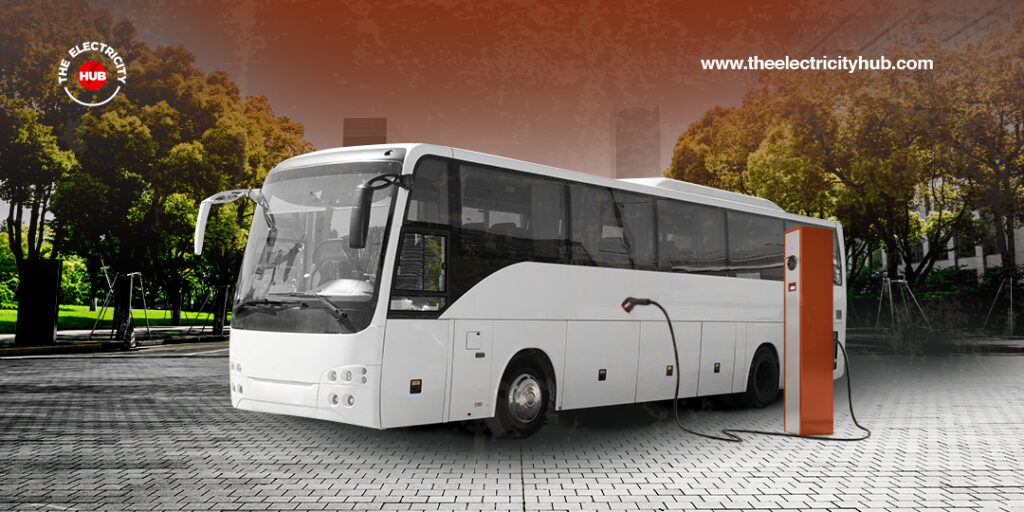
Electric mobility has emerged as a game-changing solution in public transportation, revolutionizing urban mobility for cleaner and greener cities. Cities can achieve significant environmental, social, and health benefits by adopting electric buses, trams, and trains. The advantages of electrifying public transportation include the reduction of air pollution, lower noise levels, and improved public health outcomes.
The positive impacts of electric buses, trams, and trains have been observed through successful case studies in cities worldwide. For instance, Shenzhen in China embarked on an ambitious project to transition its bus fleet to electric vehicles: this improved air quality, reduced greenhouse gas emissions, and decreased noise pollution. Similarly, Amsterdam in the Netherlands has successfully implemented electric trams, reducing air pollution and enhancing sustainability in urban transportation. Moreover, Santiago in Chile has demonstrated the potential of electric buses to lower both carbon emissions and noise levels, providing passengers with increased comfort and improved accessibility.
However, several challenges must be addressed for the widespread adoption of electric public transportation systems. Infrastructure development remains critical, requiring establishing a comprehensive charging infrastructure network, including fast-charging stations strategically located along transit routes. Integrating smart grid technologies is also crucial for efficiently managing energy demand. Furthermore, cost considerations are significant barriers, as electric vehicles often have higher upfront costs than traditional vehicles. Governments and transit agencies can foster adoption by providing financial incentives, subsidies, and long-term planning strategies to overcome these challenges.
Battery technology is another key area of focus. Battery capacity, charging speeds, and durability improvements are crucial to address the range limitations of electric buses, trams, and trains. Continuous research and development efforts are necessary to optimize battery performance and ensure seamless operations of electric public transportation systems.
In conclusion, electrifying public transportation holds immense potential for transforming urban mobility into cleaner and greener experiences. Reducing air pollution noise levels and improving public health outcomes are significant advantages. By examining successful case studies and addressing infrastructure, cost, and battery technology challenges, cities can scale electric public transportation globally and create sustainable, livable environments.